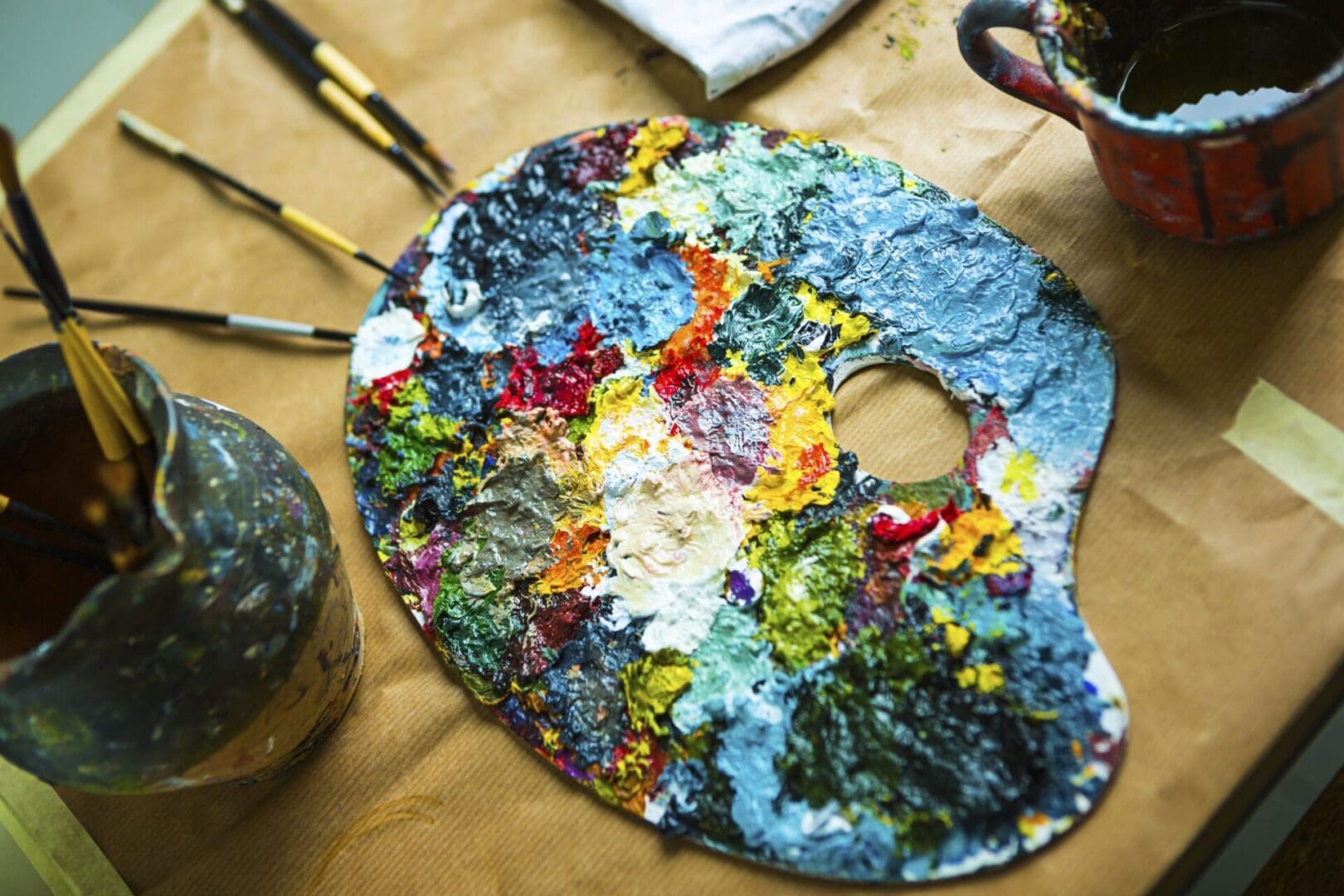
Three Best-Known Polish Women Artists of the Interwar Period (1918-1939)
Poland’s interwar period was between 1918 and 1939. In November 1918, World War 1 ended and Poland was re-established as a nation state. Twenty-one years later, in September 1939, Hitler and Stalin invaded Poland, which began World War 2 and thus ended Poland’s interwar period. During this time, three Polish women emerged as the country’s best-known artists. They were Zofia Stryjenska, Olga Boznanska, and Tamara de Lempicka.
Zofia Stryjenska (1891 – 1976) was a Polish painter, graphic designer, illustrator, stage designer, and most importantly, a prominent representative of Art Deco. In the 1930s she was nominated for the prestigious Golden Laurel of the Polish Academy of Literature but declined the offer. Zofia Stryjenska was the oldest of six children and as a child, she often drew and painted. She was admitted to the Academy of Fine Arts in Munich and out of 200 applicants, she was one of the 40 accepted. She used the name of her brother, Tadeusz, and dressed like a boy because at the time, the academy did not accept women. After a year, her fellow students started to become suspicious and she returned to Krakow, where she worked on painting and literature. In the first half of the 1930’s she was a forgotten artist. Although Zofia Stryjenska did not want to seek recognition, she desperately needed money because she sold few paintings. Only in 1938 did she receive several orders from the Polish Ministry of Foreign Affairs, including one for a kilim for the Emperor of Japan Hirohito. As a result, people began buying her Art Deco paintings of Polish folk themes again. If you Google “Zofia Stryjenska prints”, you’ll see a delightful display of her many Art Deco paintings.
Olga Boznanska (1865 ““ 1940) was a notable female painter in Poland and Europe who was stylistically influenced by the refined paintings of James McNeill Whistler and the free way of painting by Edouard Manet and Wilhelm Leibl, artists who combined realism with impressionism. She first studied art in the private schools of well-known German artists in Munich. Following her studies there, she devoted herself mostly to portraits, still lifes, and occasionally landscapes. In 1898, she joined the Society of Polish Artists and in the same year moved to Paris, where she became a member of the Société Nationale des Beaux-Arts and started teaching at the Académie de la Grande Chaumiere. Her most famous 1894 portrait of an unnamed child, Girl with Chrysanthemums, fascinated her contemporaries by its symbolist atmosphere and psychological insight. Olga Boznanska received the French Legion of Honour in 1912, the Golden Laurel of the Polish Academy of Literature in 1936, and in 1938 she was awarded the Order of Polonia Restituta. She died in Paris at the age of 75. If you Google “Olga Boznanska paintings”, and then click on “More images” in the Wikipedia insert on the right of your screen, you’ll see a noteworthy display of Olga’s works.
Tamara de Lempicka (born Tamara Gurwik-Gorska; 1898 ““ 1980) was a Polish painter active in the 1920s and 1930s, who spent her working life in France and the United States, where she used the name Tamara de Lempicka. She is best known for her polished Art Deco portraits of aristocrats and the wealthy, and for her highly stylized paintings of nudes. Born in Warsaw, Lempicka married a prominent Polish lawyer and then moved to Paris. She studied painting with Maurice Denis and André Lhote. Her style was a blend of late, refined cubism and the neoclassical style, particularly inspired by the work of Jean-Dominique Ingres. She was an active participant in the artistic and social life of Paris in the Interwar Period. In 1928 she became the mistress of Baron Raoul Kuffner, a wealthy art collector from the former Austro-Hungarian Empire. When the Baron’s wife died in 1933, he married Lempicka in 1934, and thereafter she became known in the press as “The Baroness with a Brush”. Following the outbreak of World War 2 in 1939, she and her husband moved to the United States where she painted celebrity portraits, as well as still lifes and, in the 1960s, some abstract paintings. Her work was out of fashion after World War 2 but made a comeback in the late 1960s with the rediscovery of Art Deco. She moved to Mexico in 1974, where she died in 1980. At her request, her ashes were scattered over the Popocatépetl volcano. If you Google Tamara de Lempicka and then click on “More images” in the Wikipedia insert on the right of your screen, you’ll see an interesting display of her works.
